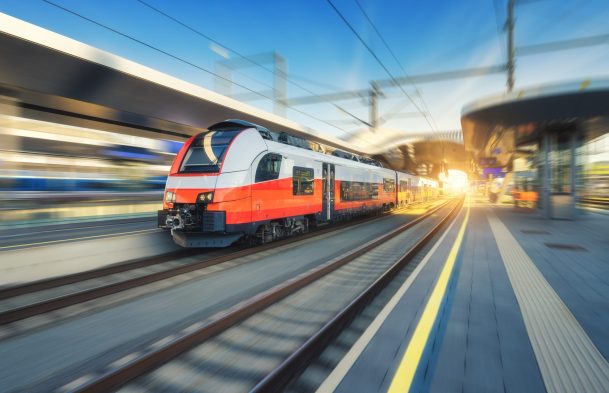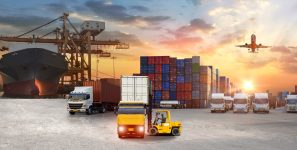US High-Speed Rail is Feasible
High-speed rail projects are notoriously complicated to finance. Compared to networks in Europe and East Asia, it would take generations of investment in the US to replicate something similar. However, Florida might be a test case for a model that, albeit smaller in scope, is achieving its objective without cumbersome delays.
Read also; US Billions in Limbo as Canadian Rail Shutdown Worsens by the Day
Brightline, the Florida high-speed rail line, hit the tracks last September. The long-term bet is a growing population base and increased tourism will bolster demand. The rail trains run roughly 125 miles per hour, connecting Orlando to Miami. They are quicker than Amtrak or a car and are also competitively priced. Brightline is operated by Florida East Coast Industries (FECI) who amassed private capital and tax-free debt pre-construction, and tapped into federal funding for safety measures, construction, and ancillary support.
Over $6 billion in federal funding for high-speed rail nationwide was earmarked by the Biden Administration. An ambitious plan to connect San Francisco to Los Angeles has been in development for nearly two decades, but the typical cost overruns and delays plaguing most high-speed rail projects are everpresent The estimated cost of the California project nearly 15 years ago was $33 billion compared to the latest estimates of $100 billion today.
While Florida’s connection between Orlando and Miami is a shorter distance than San Francisco to Los Angeles, doing business in Florida is less restrictive than its Western peer. California’s cap-and-trade system is designed to minimize greenhouse emissions. The state issues companies a “cap” of allowable emissions that they can then trade. The model is market-based but still represents an extra cost compared to Florida, which does not have a similar system in place.
Second, California features a “Buy America” policy that requires any project with federal funding to use domestically produced materials. Understandably, some domestic materials are more expensive than imports, something FECI did not have to contend with in Florida.
The challenge remaining for FECI and Brightline is passengers. The company projects 8.2 million riders by 2026, but that will be an uphill climb. Another theory of why high-speed rail has yet to catch on state-side is the US car culture. In many states, residents are accustomed to their cars, enjoy them, and require more urging than other places to give them up. Regardless, if Brightline in Florida proves successful, the US will finally have a sustainable model to work off moving forward. From there, it will be up to state legislatures to decide how business-friendly they choose to be.





Leave a Reply